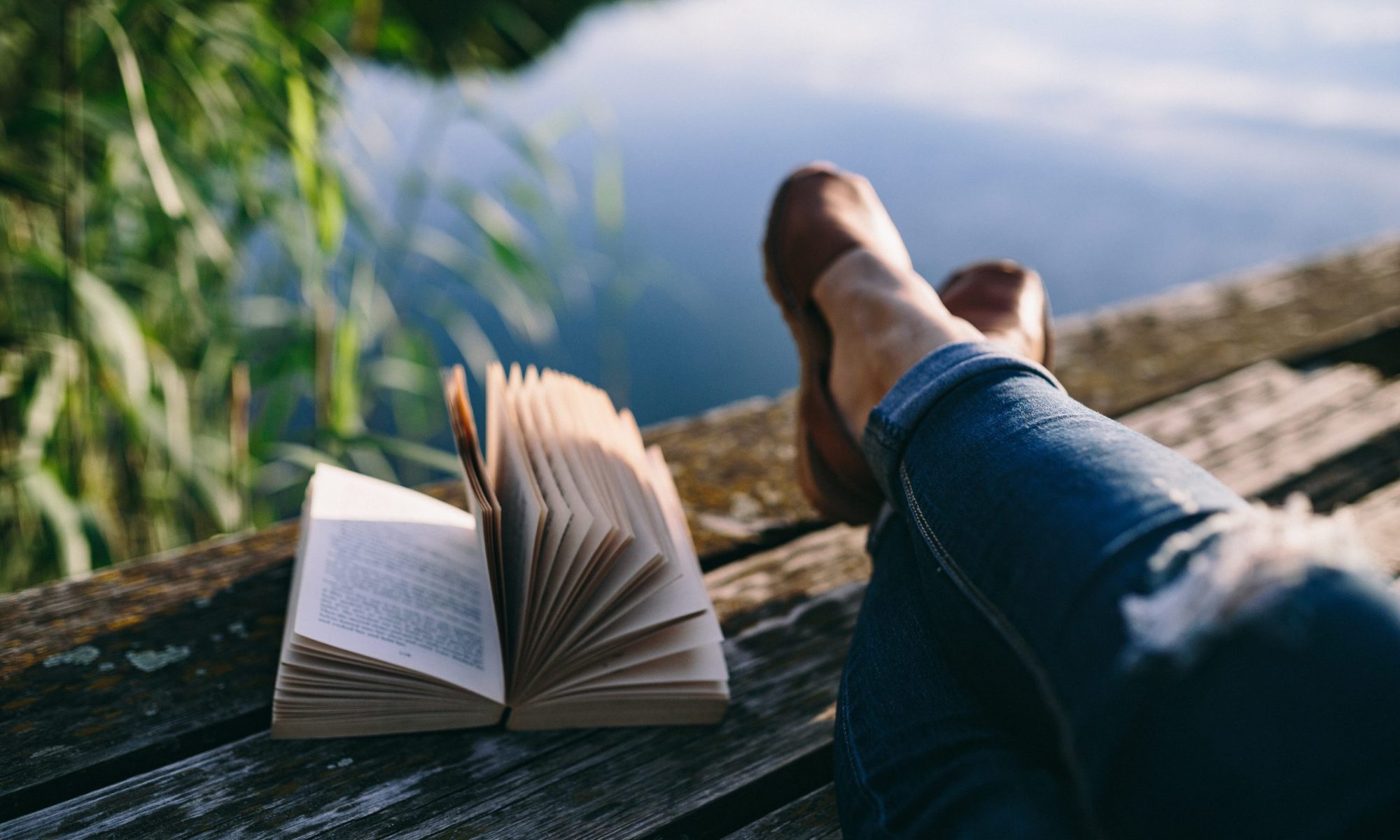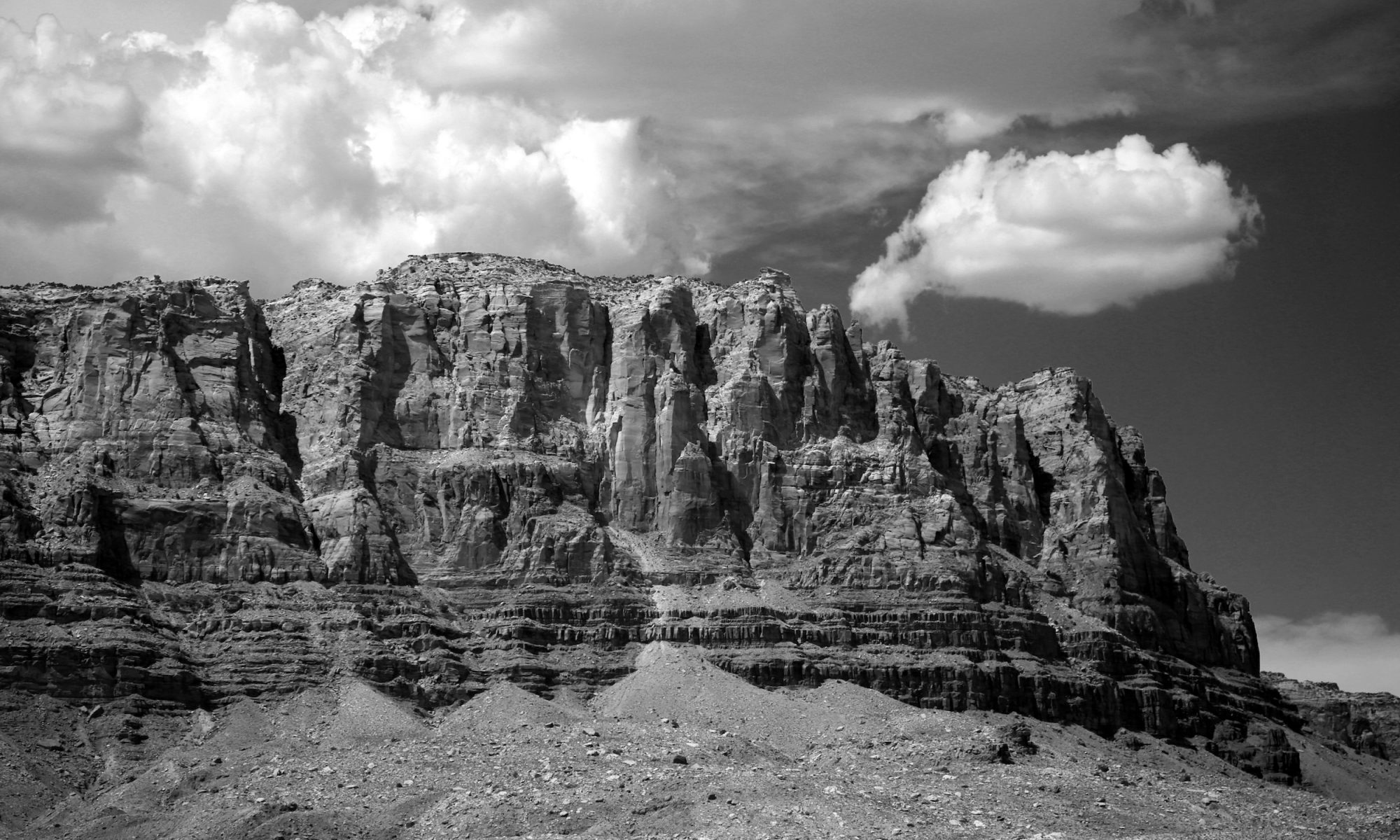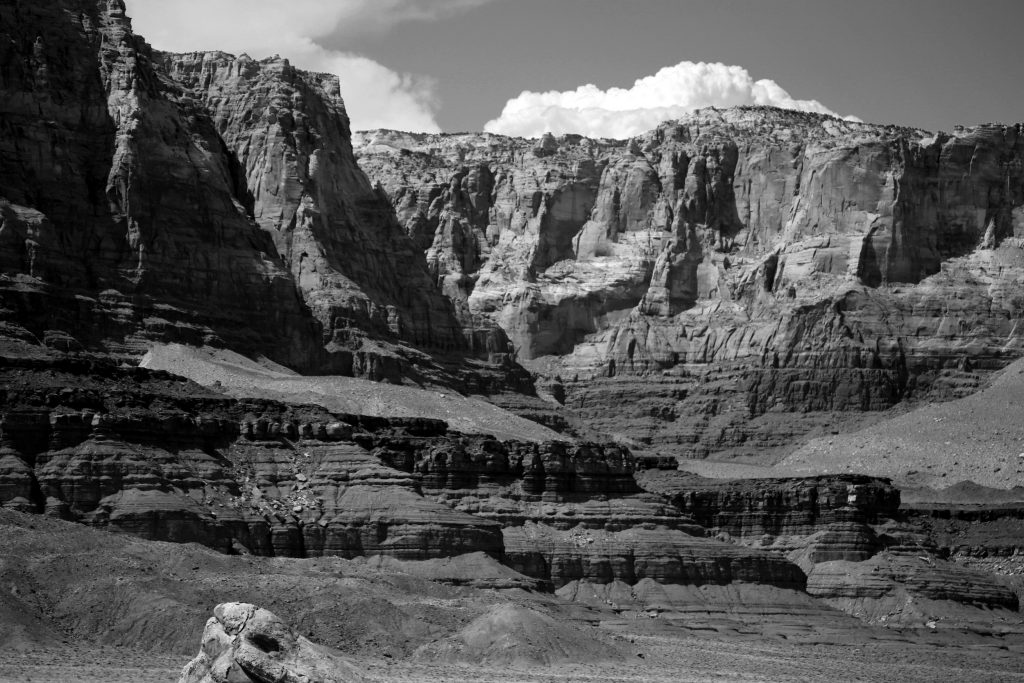
Going back West had been a strong desire for quite some time. Many others make that part of the United States their summer destination as well. People from a great number of countries from around the world. Some of the National Parks are their aim, fewer are the National Monuments, and fewer yet those whose access is limited by unpaved roads. It is an experience I had in the last century, and now I can see why I may repeat it next year.
As I show in a photograph entitled “Entry,” one has to find his way in, but more than that has to find a way to let it all in, to give it the recognition it is due, to be ready to commune with some of the origins of all things earthly.
Those locales are rugged places to say the least, dangerous in some instances, and certainly risky when one is not careful as to where he walks, runs, or drives. But as “Charm” reminds us, this is not about the small details which may arise a sense of fear in us, it is about the overall image we can get and that is one which is overwhelmingly endearing.
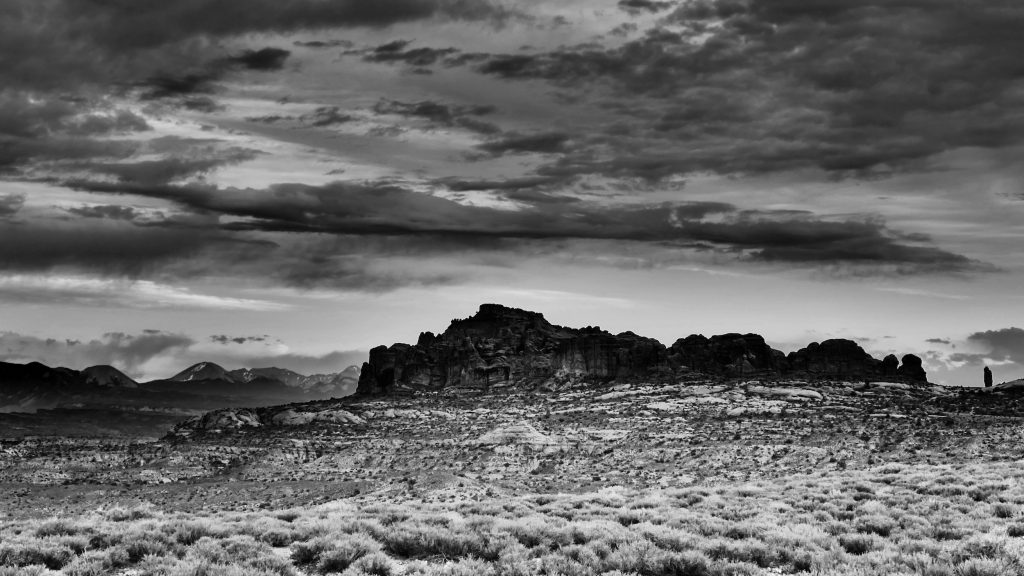
Settling in of course would be a challenge, a great one at that, for those who first decided to live in those unforgiving territories. One may feel a sense of isolation as we see in “Alone,” yet in our day and age there is a great sense of comfort to be felt in the safety that nature offers.
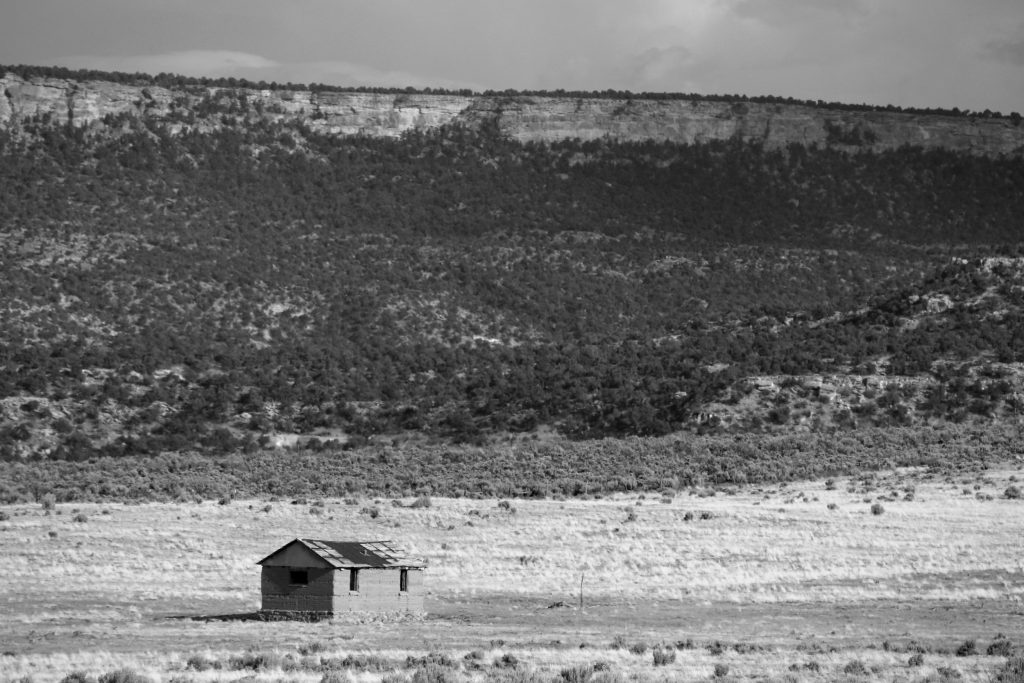
But those are not just tourist attractions, not just backgrounds against which one may snap a few selfies, they are home to the many who, by choice, and sometimes not, have found that there is no other place for them. In “Hoping,” we are reminded that the rains do come in those desert lands, and that life does sprout from the most unlikely soils.

Traveling through the harshest lands in America, and ultimately reaching the higher elevations, one has to be surprised at the “Fertility,” which prevails. Lush plains and meadows where the bears may mingle with the deer and occasionally cattle, make it clear that if life struggles at times, it is in fact always victorious in close proximity to the most difficult climates.
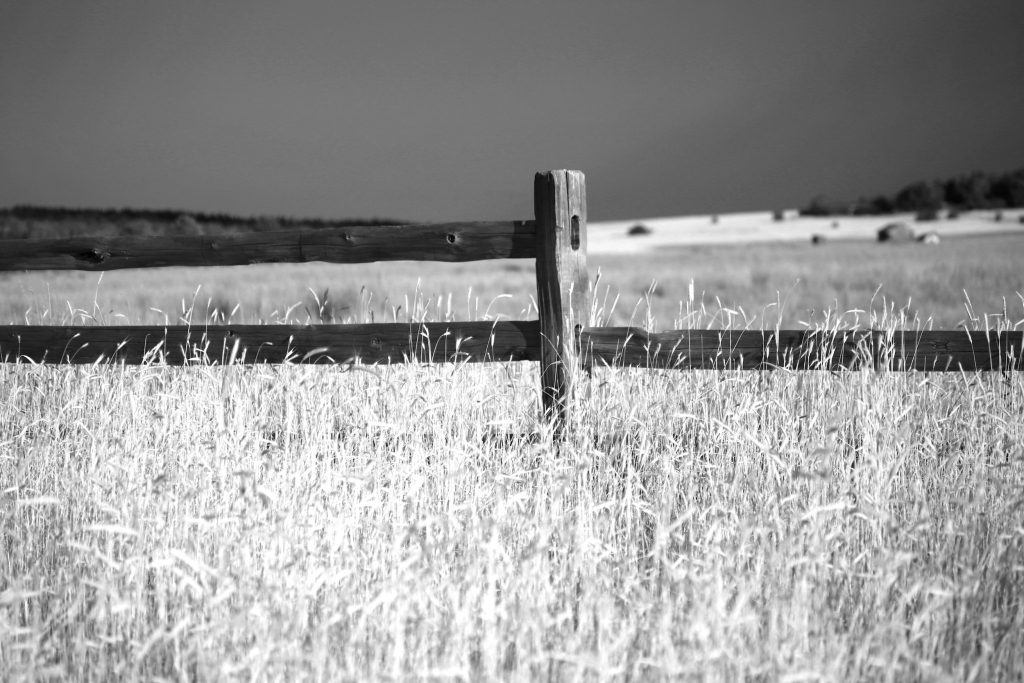
The Earth is a “Monument” in itself, but what I find most amazing is those drastically different scenes coexisting within just a few miles from each other. One may pan the horizon with a gaze and find a completely opposite panorama, either a mountain range, or a perfectly flat plain, and let’s not forget the deepest canyons. The American West is the place for those earthly symbols, monuments to the making of a world.
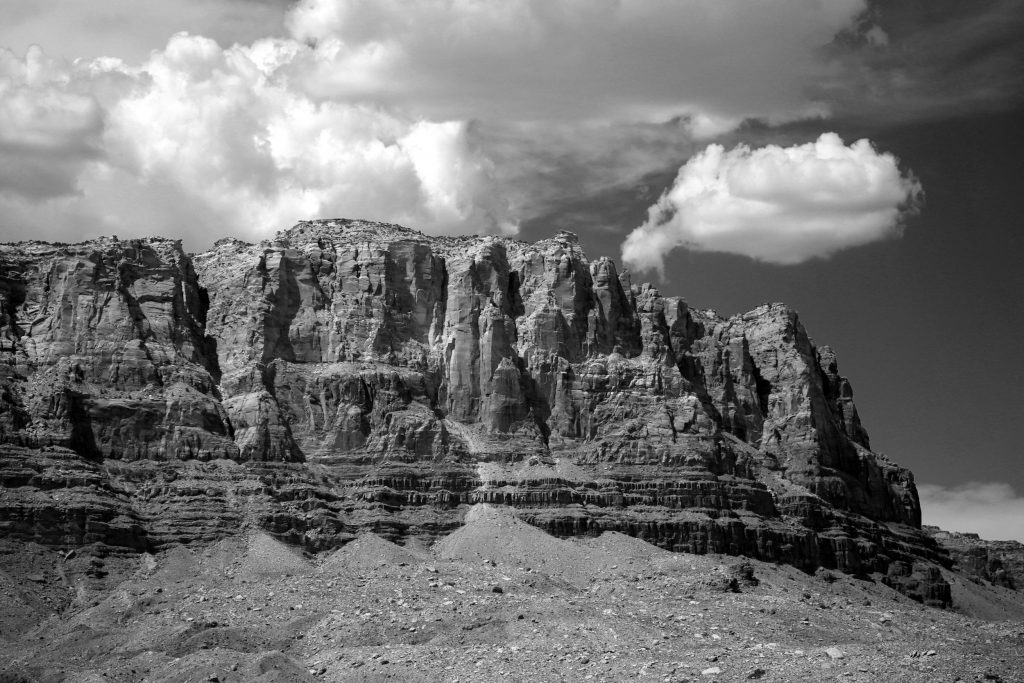
Finally, as a visitor and lover of the scenery, the experience would not be complete without feeling the moment when night comes, or when daylight returns. These are the themes of “To The Night,” and “Warmth.” The darkness brings many mysteries with it, as unseen lives take over the land, but it also covers the sites in a welcome freshness so all things may rest, and find a new energy for the next day.

‘Warmth” is carried over the mountain tops, into the valleys, accompanied by the sweet dew of morning, and the life of the viewer is too renewed.
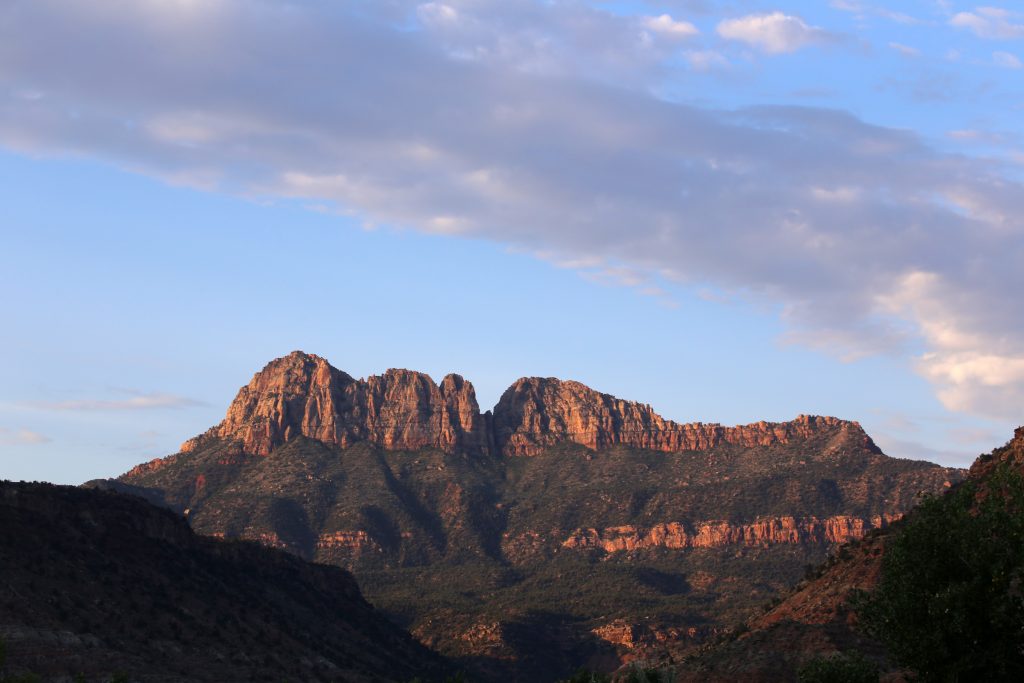
To have walked on the paths depicted in these images is to have become part of the scenery, to have one’s memories inscribed in them forever, and to be able to remember them for the emotions they brought about when I was there. No other humans were present in any of the photographs; it was a perfect time of solitude, and it was the ideal moment to commune with the place that sustains us, to look up to the stars, and be humbled by this limitless universe. We owe it our existence, and we must, from time to time, make a pilgrimage to at least say hello to this dearest friend.
About the Author & Photographer: Fabrice Poussin
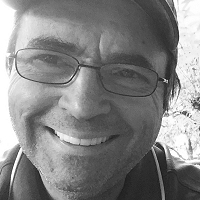 Fabrice Poussin teaches French and English at Shorter University. Author of novels and poetry, his work has appeared in Kestrel, Symposium, The Chimes, and dozens of other magazines.
Fabrice Poussin teaches French and English at Shorter University. Author of novels and poetry, his work has appeared in Kestrel, Symposium, The Chimes, and dozens of other magazines.
His photography has been published in The Front Porch Review, the San Pedro River Review and more than 250 other publications.
